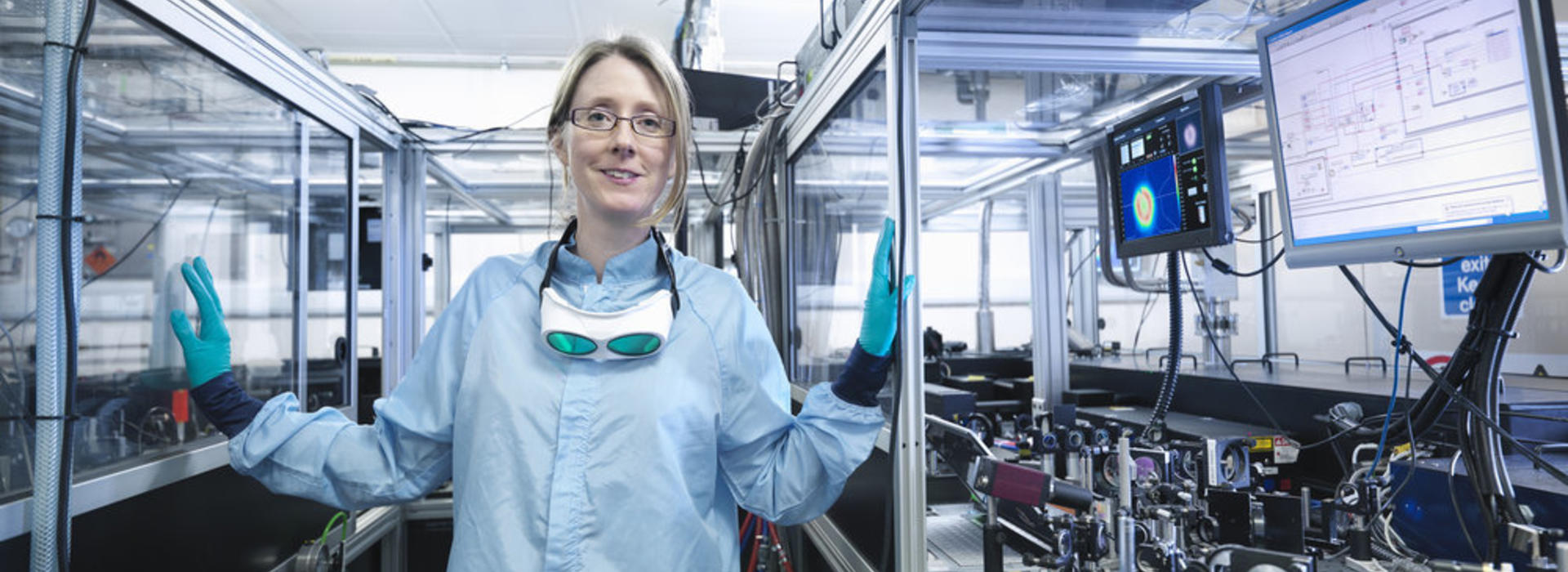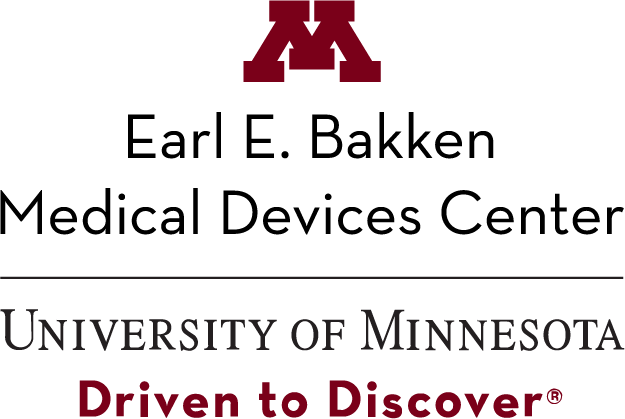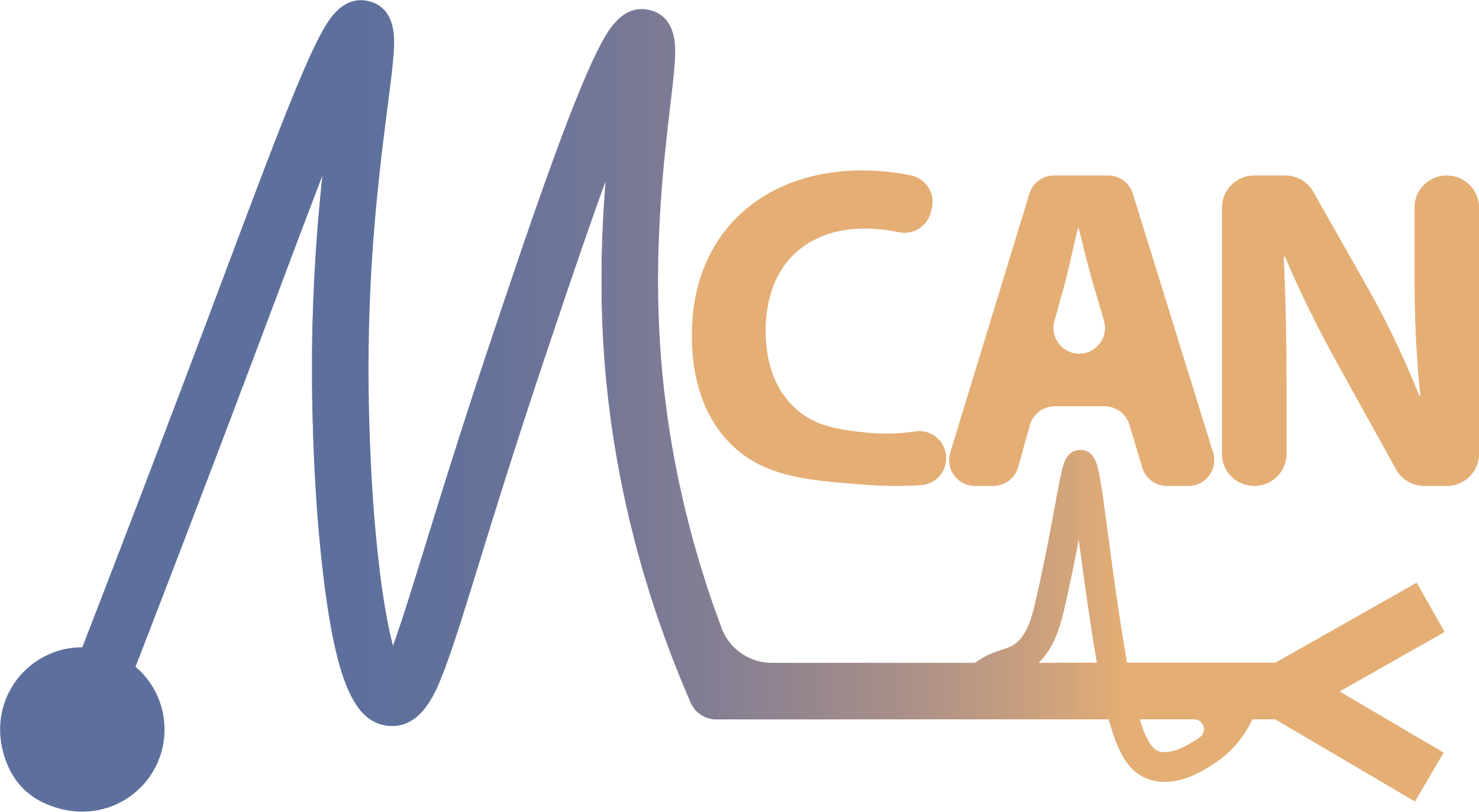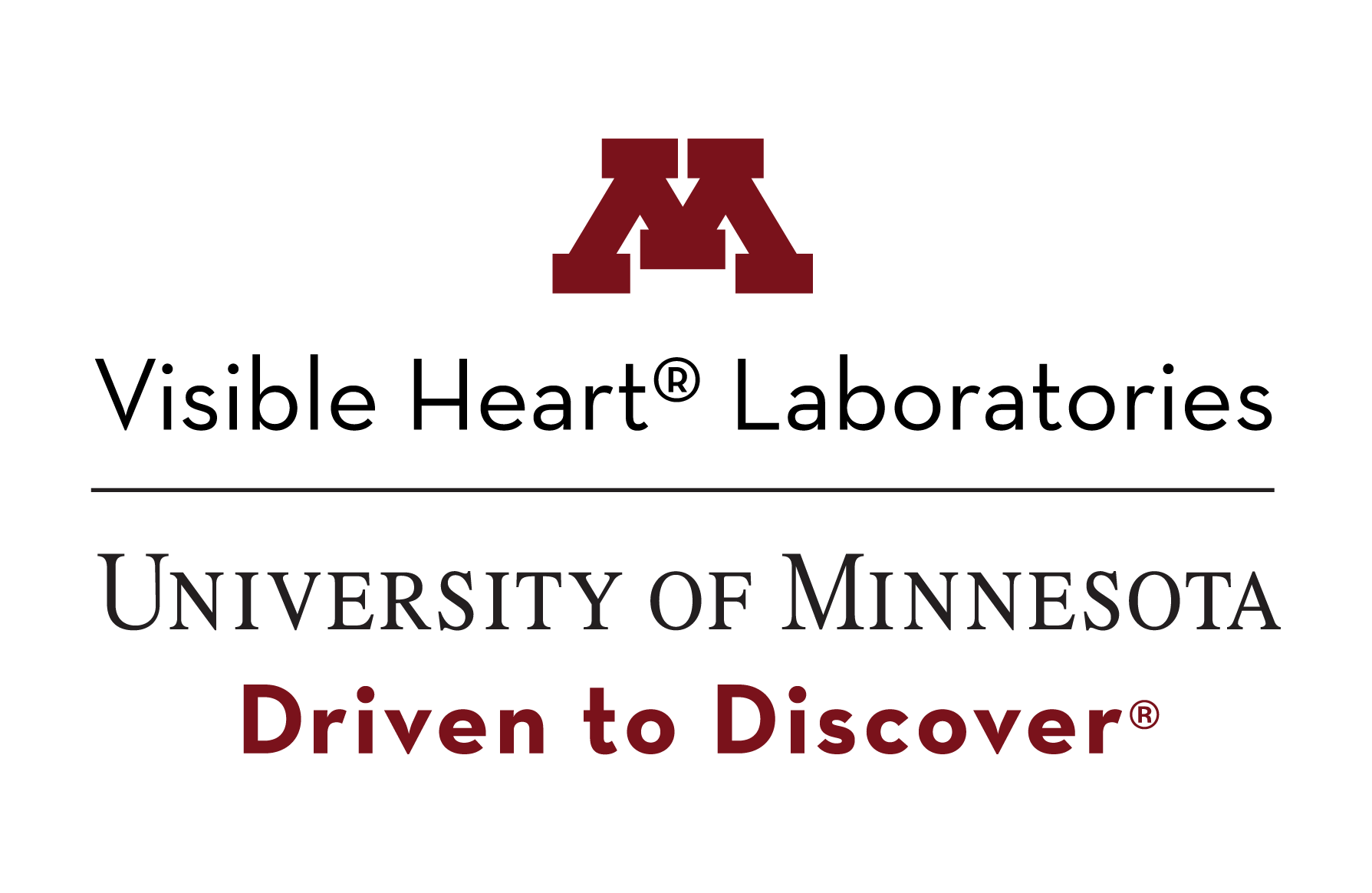
IEM Centers of Excellence

Advanced Technologies for the Preservation of Biological Systems
Launched in September 2020, the Engineering Research Center (ERC) for Advanced Technologies for the Preservation of Biological Systems (ATP-Bio) aims to “suspend biological time” and radically extend the ability to bank and transport cells, aquatic embryos, tissue, skin, whole organs, microphysiological systems (“organs-on-a-chip”), and even whole organisms. ATP-Bio is a partnership between five institutions: UMN (lead), Massachusetts General Hospital, UC Riverside, UC Berkeley, and Carnegie Mellon. See more on ATP-Bio's website.
Cancer Bioengineering Initiative
CBI helps more cancer therapies reach the market. They are a diverse team of scientists, clinicians, biologists, statisticians, and engineers that aim to double the success rate of cancer clinical trials in the next 10 years by integrating engineering into therapy and clinical trial design.

Earl E. Bakken Medical Device Center
The Earl E. Bakken Medical Device Center (Bakken MDC), works with College of Science and Engineering and Medical School researchers and clinicians to create technology-based solutions that solve significant clinical problems and trains the next generation of medical device innovation leaders. Visit the Bakken MDC website to learn more!

Minnesota Consortium for Autonomic Neuromodulation
MCAN aims to facilitate collaboration between scientists in academia, industry, and the clinic to drive innovation toward designing, developing, and implementing neuromodulation techniques to target autonomic processes.

Visible Heart® Laboratories
The Visible Heart® Laboratories (VHL) is led by Dr. Paul Iaizzo in collaboration Medtronic and 12 other departments at the University. VHL performs translational systems physiology research, ranging from cellular and tissue studies to organ and whole body investigations, in five main areas: 3D modeling, cardiac physiology, patient care, skeletal muscle, and medical devices. They offer tours and provide education to industry experts, medical practitioners, and college and high school students using virtual reality, 3D printing technology, and anatomic models.